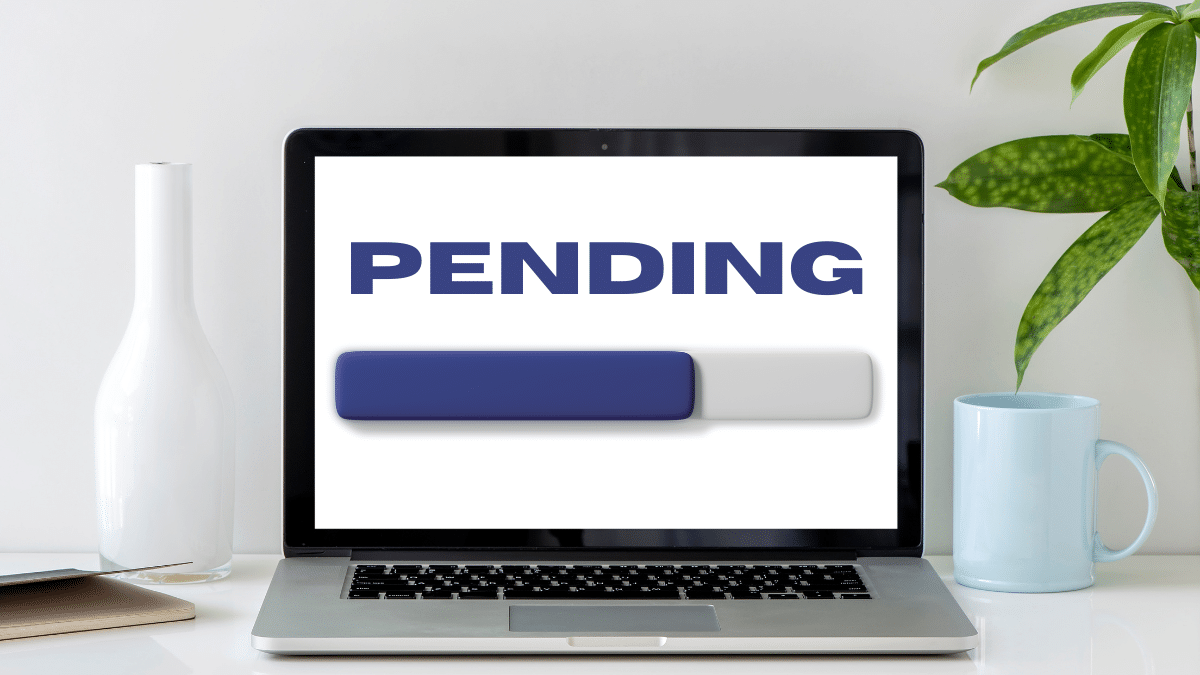In this guide
Anybody who retired recently and started a super pension is probably familiar with the transfer balance cap and what it is. Yet there is still a lot of confusion around the differences between:
- The total superannuation balance (TSB) which is the total balance a person has in super and is used to determine a fund member’s eligibility for certain super measures, and
- The transfer balance cap (TBC) which places a limit on the amount a person can transfer into tax-free retirement income streams.













